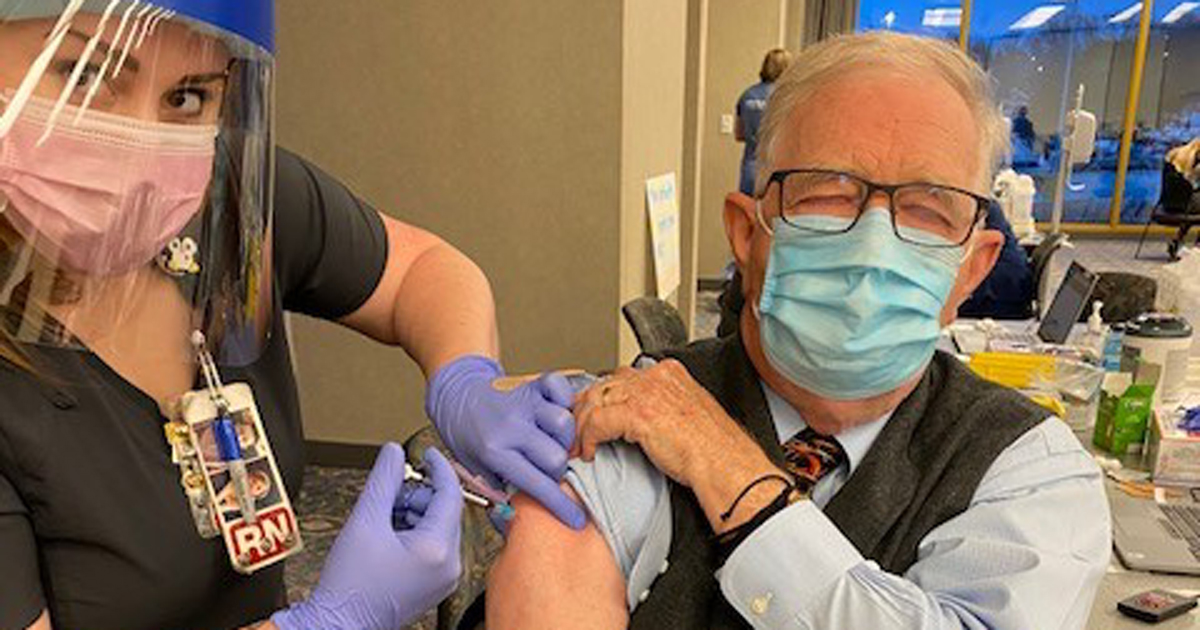What it was like to live through the polio epidemic

While the word "unprecedented" keeps getting applied to the COVID-19 pandemic, this isn't the first time we've been faced with a large-scale infectious disease. Cardiologist Ward Chambers, MD, clearly remembers what it was like to live through the polio epidemic. From the first vaccines, remote learning and the earliest ventilators, see what's changed this time around.
Vaccines then and now
"One of my good friend's older brother died from polio. Everyone's parents were scared," says Dr. Chambers. The arrival of a polio vaccine made a big impression on him. "I actually remember getting the Salk vaccine in fourth grade. My family physician gave me the vaccine as a shot." That was in 1954.
Then in 1961, the Sabin vaccine came out, which was liquid. "After church one Sunday, we went to the high school where the county health department had set up," he says. "They put a few drops of red fluid on a sugar cube with a dropper. Then you ate the sugar cube."
The community couldn't wait to get the polio vaccine. "Back then, there were no anti-vaxxers," Dr. Chambers recalls. "If a vaccine came out, you got it. It's real personal when your friends' children die." From 1955 to 1957, polio cases in the United States dropped by 85%.
Dr. Chambers was not hesitant to get the COVID-19 vaccine. "With my current comorbidities and my age, if I get COVID-19, my mortality rate is pretty high. And it's pretty clear the short-term side effects aren't bad." After his first shot, he ran a slight fever for a couple of days. He slept for two days and then he felt fine. After the second shot, he had no fever, but he did sleep for two days again. He notes that everybody's immune system reacts differently, but the protection is worth it. "I know that some are questioning getting the vaccine. I want my friends to know as a physician, I chose to receive the vaccine," he says.
Remote learning
In a severe polio outbreak in 1937, the country closed down. Playgrounds, pools, theaters and schools were ordered to shut down. Nearly 315,000 elementary students participated in remote learning – through the radio rather than over Zoom. The local papers would print schedules of broadcast lessons, along with assignments and questions. Each radio lesson was only 15 minutes long.
Iron lungs
Like COVID-19, polio caused breathing issues when the virus paralyzed certain chest muscles. "Iron lungs were the precursor to a ventilator," says Dr. Chambers. "On an iron lung, you went into this airtight container. Then they dropped the pressure so your chest could expand." Now with ventilators, they insert a tube into the lungs and blow air through it to blow them up.
A lot has changed since polio, but some things have stayed the same. We're thankful for the medical advancements that have largely eradicated polio.





